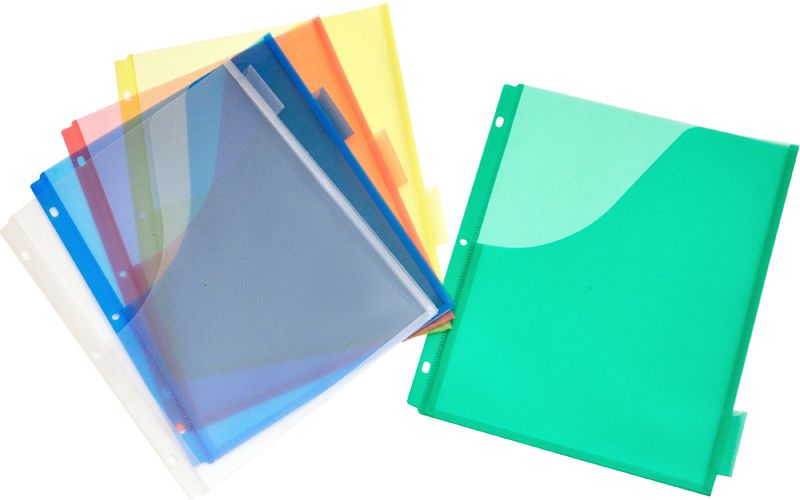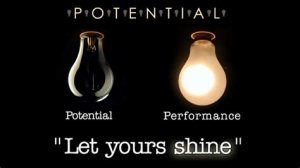Types of binding– Surely you have ever designed a wonderful project but when you take it to the press to bind you have had to pawn some of your organs. Today you will learn some homemade techniques so that it does not happen again!
If you usually walk between books, you have probably discovered that the bindings end up being very similar . This complicates the task and makes going to the library or a bookstore to inspire us when looking for types of binding does not help much, unless we go to find a book that speaks about it . Luckily, the Internet opens a new world where we discover that not everything is staples, glue, hard covers or soft lids.
With this post we will discover that there is more than traditional techniques and also teach you how to do it by yourself from home and with those two hands that nature gave you . So, when you have to make a catalog, a portfolio or any types of binding in a homemade way , you will find the way to leave it cinnamon without having to pawn any of your two kidneys so that the work looks .
Traditional stapling
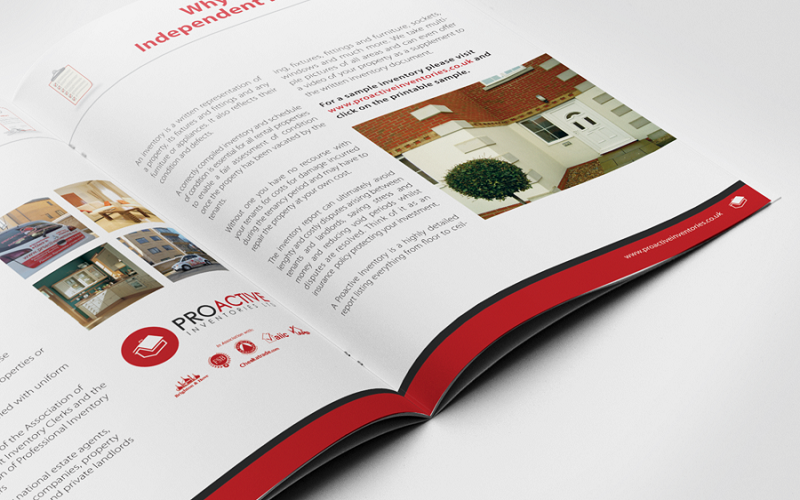
As you well know, staples are a classic system when it comes to binding . After the clip, it is the simplest and most economical way to organize our project. When it comes to binding, staples must bind the pages to be bound in the central fold , obviously in a vertical position. Of course, keep in mind that the number of pages that can be linked using this technique is limited .
If you decide that the staple is the ideal method for your work, think that probably the size of the project will prevent you from using the stapler that your father has in the drawer . Do you have to take a trip to the printing press to staple it? Stay there! We bring you a method to grapes in the tranquility of your home, with your robe and your pajamas , even if your project is a giant book in A2.
Stapling with omega staple
If you want to explore beyond conventional staplers, the Omega Staple can help you create a more original result . The omega staple is none other than the one you see in the picture below. It protrudes from the spine of the horseshoe-shaped booklet in order to be able to file it in a ring binder without having to drill the paper . That was the function with which it was created, but you can look for creative ends.
In addition, although the staple is an economic system, it does not have to have a simple finish . A good idea is to play with the size of the paper, the textures, flaps or transparencies . That will always make the covers look creative.
Binding in spiral or Castillo
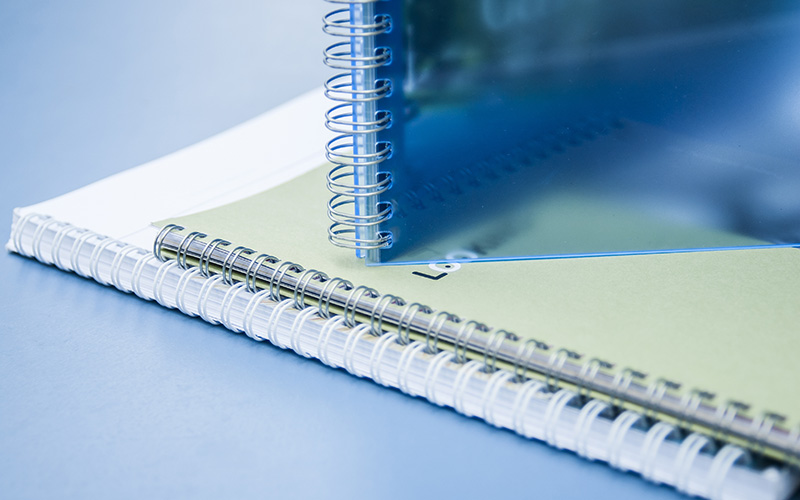
Spiral binding is another fairly inexpensive method . It involves passing a spiral of wire through a series of holes that have previously been made along the edge of the pages to be bound.
The drills have a simple operation but , obviously, it is not a TV or a bottle opener. Not everyone has one in their house . However, the fact that in any stationery, corset or xerography have one , make it one of the most accessible methods. Choosing a spiral to match our design and doing a proper job with the papers, we can get a very result on binding. Spiral and papers, those are the keys so that your project does not look like the notes of the university . In addition, depending on whether the wire is in view, semi-hidden or completely hidden, it will be a normal, semi-Canadian or Canadian binding.
A types of binding very similar to spiral is that of Castillo. Both techniques have in common the perforation of paper, but the essential difference is that in the latter, the sheets are joined together by plastic combs independent of each other, Castillo’s that we can find in different colors and different resistances.
Fasteners and screws
Surely you knew the fastener in elementary school , when your teachers gave you the course cards. Now, more than a method to organize works or exercises, we propose to use them in a creative way for your bindings.
It does not stop being an economic method that you can get with a simple office punch and a visit to the stationery, and that can result in a great finish. In order for your design to look better, it is always important that the covers are thicker than the content. In addition you can play to cover the back or do it as a folder , so that the content is secured to the rear deck.
The screws may not be so common to find in a stationery, but on-line it will not be difficult to find them and get a more professional finish.
Stitched booklet
Another of the great classics is stitched types of binding. The advantage with respect to the previous ones is that it allows us to do it in much more creative ways , besides offering a strong and lasting finish , and allows the book to open completely without suffering. As in the case of the staple, the seams run through the central fold of the sheets.
There are different types of stitching of booklets . We can use the thread for decorative purposes: making a loop or leaving the loose ends will give that distinctive touch to the work you are doing. If you also drive between seams, using a needle and a thick thread like the special jeans, you can perform that task with a machine .
Side stitching
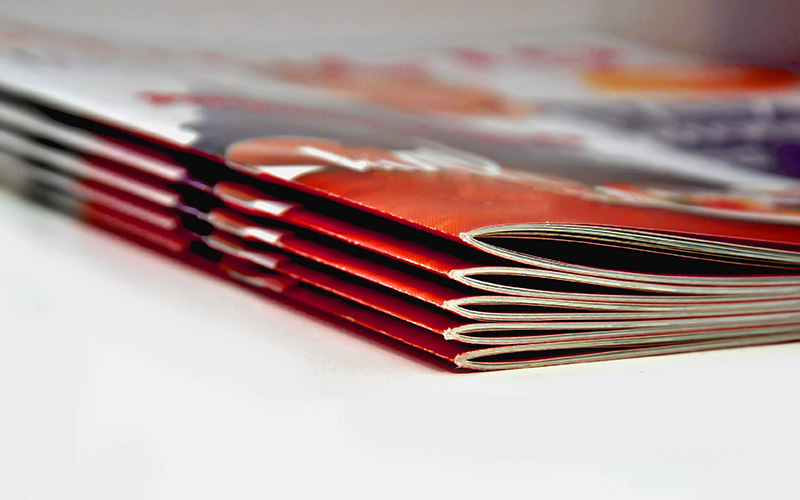
In side sewing, instead of booklets, we attach loose sheets . That allows us to add the amount of leaves we want. As you can see in the photos, the seam is located over the covers instead of the spine, so it is much more visible so we will have to take it into account as if it were just another design element .
Japanese types of binding
Japanese binding is not so different from lateral binding . We also sew loose sheets, only this time , instead of making seams from top to bottom through the holes, the thread will go over the spine and that will allow us to make drawings with it and make the spine much more colorful and creative . In addition this technique will also make the binding stronger and more solid.
American types of binding
If our publication has few pages , it is normal to use loose sheets and glue them on the side of the book cover . The result is weaker than in the stitched types of binding and we run the risk that with the passage of time and the use we end up detaching a sheet . However, it allows greater flexibility in the number of pages and in the use of different papers and sheets inserted in different sequences.
If we have a more considerable number of pages, we will glue booklets on the non-guillotined side to the spine of the cover. Although it is not so strong that sewing, it is more resistant than gluing loose leaves.
The last variant is the milled American, the booklets are not sewn with threads, but the edges of the fold are perforated and left between the tail . The pages can be opened quite a lot, but we are not free from the falling leaves
The method of gluing is quite similar whether we have loose sheets or booklets. First we will press the spine we are going to glue and then glue. For the glue, it is recommended that it be rubber, silicone or reduced white glue with a little water to filter it better. To finish we would glue the covers. Its size should be that of the pages plus the size of the spine so that it covers the entire surface.
Hardback binding
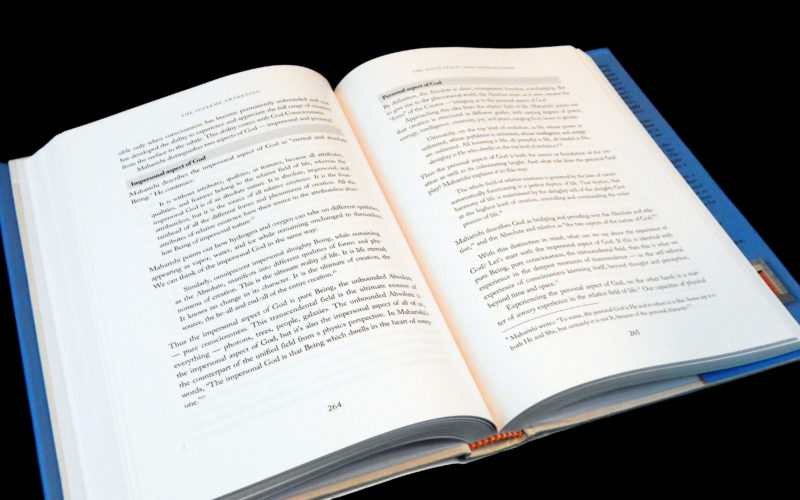
If you want to strengthen your binding, you can always choose the hard cover. The process is the same as in gluing with booklets . Only when putting the covers, with fabric or paper and cardboard, and having some nice pages of guard, we can create more solid covers for our binding.
Now that you know some of the easiest methods to bind, do not forget to take them into account in your next editorial project. Surely they will save you from more than one hurry! And if you want to continue learning, you can always get this online course super YID bookbinder that we have found.

